Canada retail sales rose 0.9% mom to USD 51.5B in November, well above expectation of 0.6% mom. That also largely offset the -1.1% mom decline in October. However, the growth was primarily attributable to highest sales at motor vehicle and parts dealers. Ex-auto sales grew merely 0.2% mom, below expectation of 0.5% mom. Overall, sales were up in six provinces and all census metropolitan areas.
US consumer confidence rose to 135.7, highest this year
Conference Board US Consumer Confidence Index rose to 135.7 in July, up from 124.3, and beat expectation of 125.0. Present Situation Index rose from 164.3 to 170.9. Expectations Index Rose from 97.6 to 112.2.
Conference Board said: “After a sharp decline in June, driven by an escalation in trade and tariff tensions, Consumer Confidence rebounded in July to its highest level this year,”
“Consumers are once again optimistic about current and prospective business and labor market conditions. In addition, their expectations regarding their financial outlook also improved. These high levels of confidence should continue to support robust spending in the near-term despite slower growth in GDP.”
Fed’s Cook optimistic on soft landing, pledges vigilance on labor market dynamics
Speaking at an event in Australia today, Fed Governor Lisa Cook expressed optimism about the US economy’s prospects, noting that the data so far appears to be “consistent with a soft landing”. She highlighted that inflation has dropped significantly from its peak levels, and while the labor market has “cooled but remains strong”.
Cook also pointed out that the ratio of job vacancies to unemployment has returned to pre-pandemic levels, and fewer workers are voluntarily quitting their jobs, indicating less confidence in finding better employment opportunities. “My baseline forecast (and that of many outside observers) is that inflation will continue to move toward target over time, without much further rise in unemployment,” she said.
However, Cook underscored Fed’s attentiveness to changes in the unemployment rate, noting that the situation could shift rapidly and that Fed would be “responsive” to such changes.
Australia consumer sentiment surged to 105.0, highest since Jul 2018
Australia Westpac Consumer Sentiment rose 11.9% to 105.0 in October, up from 93.8. The Index has now lifted by 32% over the last two months. It’s also stands at the highest level since July 2018, 10% above the six-month average prior to the coronavirus pandemic. Confidence was also lifted in all states, including even Victoria (up 13.7%) which is still in lockdown. Confidence in New South Wales surged 17.5%, Queensland up 7.1%, Western Australia up 2.4%, South Australia up 9.3%.
Westpac also noted that one of the “likely factors” for the surge in sentiment was an expectation of RBA rate cut from 0.25% to 0.10% in November. Communications from RBA over the last few weeks “points to this outcome” too. And, “there seems to be no reason for the Board to delay its decision”.
Australia’s monthly CPI eases to 4.3% yoy, lowest since Jan 2022
Australia’s monthly CPI saw notable deceleration in November, dropping from 4.9% yoy to 4.3% yoy, which was below expectation of 4.5% yoy. This represents the lowest reading since January 2022, as easing of the inflationary pressures continued
CPI excluding volatile items and holiday travel also slowed from 5.1% yoy to 4.8% yoy. Additionally, Trimmed Mean CPI, which removes the most volatile components to provide a clearer picture of underlying inflation trends, decelerated from 5.3% yoy to 4.6% yoy.
The primary drivers of the annual increase in November were in housing , which witnessed a significant rise of 6.6. Food and non-alcoholic beverages also saw a notable increase of 4.6%, Insurance and financial services recorded an 8.8% increase, and Alcohol and tobacco category experienced a 6.4% rise.
ECB de Guindos: Present level of yields favorable
ECB Vice President Luis de Guindos said today that “as the euro area emerges from the third wave of the pandemic, risks to financial stability remain elevated and have become more unevenly distributed.”
As fiscal support is “gradually removed”, “considerably higher insolvency rates than before the pandemic cannot be ruled out, especially in certain euro area countries,” he added. “Extensive policy support, particularly for corporate, could gradually move from being broad-based to more targeted.”
He also noted that “the present level of yields permits that the financing conditions of the governments as well as… for households and corporates are favourable.”
The comments on yields came as Germany 10-year yield breaks above -0.1 level today, hitting the highest level since mid-2019.
US initial claims dropped to 211k, below expectation of 215k
US initial jobless claims dropped -8k to 211k in the week ending November 2, below expectation of 215k. Four-week moving average of initial claims rose 0.25k to 215.25k.
Continuing claims dropped -3k in the week ending October 26 to 1.689m. Four-week moving average of continuing claims was unchanged at 1.687m.
ECB’s Vujcic: We need some patience now
In an interview with Reuters, ECB Governing Council member Boris Vujcic emphasized the need for “patience” in the current monetary policy environment. He acknowledged the positive disinflationary trends observed so far. However, “we still see also quite a lot of resilience in the services and what we call domestic inflation,” he noted.
The ECB official also underscored the importance of cautious decision-making, referencing an IMF paper that cautioned against central banks declaring victory over inflation prematurely. Vujcic emphasized, “I don’t think we should risk such a mistake.”
On the topic of rate cuts, Vujcic downplayed the significance of timing, suggesting that a month or two’s difference in the decision to reduce rates “doesn’t really make that much difference”, especially given that a serious recession now seems unlikely.
BoE hawk Mann: Next step more likely another hike than a cut or hold
BoE MPC member Catherine Mann, a known hawk, said in a speech that “we need to stay the course, and in my view the next step in Bank Rate is still more likely to be another hike than a cut or hold.”
She noted that “some (global) central bankers are seeing a turning point in data to which they are responding with an inflection in their respective policy paths”.
Also, “recent market chatter has focused on when central banks will stop hiking and if they will reverse, with fears torn between the risks of overtightening and stopping too soon.
But for assessment on the turning point, she is looking for “significant and sustained deceleration in higher frequency price increases and in the underlying inflation measures and expectations towards inflation rates that are consistent with achieving the 2% target”.
She emphasized, “uncertainty around turning points should not motivate a wait-and-see approach, as the consequences of under tightening far outweigh, in my opinion, the alternative.”
AUD/CAD resumes up trend, 1.0115 as next near term target
AUD/CAD surges to high as 0.9910 so far today and the break of 0.9898 resistance finally confirms resumption of rise from 0.9247. Near term outlook will now stay bullish as long as 0.9936 minor support holds. Next target is 61.8% projection of 0.9247 to 0.9898 from 0.9713 at 1.0115.
Major focus is indeed on 1.0241 long term resistance down the road. We’re seeing the corrective decline from 1.0784 (2012 high) as completed with three waves down to 0.8058 (2020 low). Rise from 0.8058 could indeed be the third leg of the pattern from 0.7149 (2008 low). A strong break of 1.0231 will raise the chance of further break of 1.0784 in medium term.
Sterling shrugs off UK job data, wage growth slowed
Sterling’s reaction to today’s job data is rather muted. Jobless claims rose 7.8k in June, above expectation of 2.3k.
Average weekly earnings including bonus rose 2.5% 3moy in May, slowed from 2.6% 3moy. Average weekly earnings excluding bonus rose 2.7% 3moy, slowed from 2.8% 3moy.
Unemployment rate was unchanged at 4.2% in the 3 months to May, staying a the joint-lowest since 1975. Employment rate rose to record high at 75.7%.
UK employment rates (aged 16 to 64 years), seasonally adjusted, January to March 1971 to March to May 2018.
SECO downgrades 2021 Swiss GDP growth for coronavirus second wave
State Secretariat for Economic Affairs SECO downgrade 2021 growth forecast as “the second wave of the coronavirus will have an adverse effect on the Swiss economy”. Also, “rising case numbers and the measures to combat the coronavirus will slow international economic development considerably in the winter half-year of 2020/2021, especially in Europe. ” Though, “less dramatic containment measures have been taken than last spring and the overall economic impact is likely to be less severe.”
For 2020 as a whole, GDP is projected to contract -3.3%, worst since 1975. 2021 GDP growth forecast was revised down from -3.8% to 3.0%. The Swiss economy should return to pre-crisis levels towards the end of 2021. For 2022, GDP is projected to grow 3.1%.
Swiss KOF rose to 113.8, economy taking a V-shaped course
Swiss KOF Economic Barometer rose to 113.8 in September, up from 110.2, beat expectation of 106. That’s the four rise in a row after a historic drop earlier this year. KOF said, “at present, the economy is taking a V-shaped course, so that a recovery of the Swiss economy can be expected for the time being. However, a second wave of COVID-19 cases could lead to a sharp revision of this assessment.”
Also released, Credit Suisse Economic Expectations dropped to 26.2 in September, down form 45.6.
Australia retail sales rose 0.8%, improvement across most industries
Australia retail sales rose 0.8% mom s.a. in February, much higher than expectation of 0.3% mom. ABS Director of Quarterly Economy Wide Surveys, Ben Faulkner said: “There were improved results across most industries with rises in food retailing (0.8%), department stores (3.5%), household goods retailing (1.1%) and clothing, footwear and personal accessory retailing (1.6%). Other retailing (0.0% and cafes, restaurant and takeaway services (0.0% were relatively unchanged. The rise this month follows subdued results in December 2018 (-0.4%) and January 2019 (0.1%).”
Among the state and territories, there were rises in Queensland (1.4%), New South Wales (0.6%), Victoria (0.8%), Western Australia (0.6%), South Australia (0.7%), the Australian Capital Territory (1.7%) and the Northern Territory (1.4%). There was a fall in Tasmania (-0.7%).
RBA has repeatedly noted that household consumption is a key uncertainty for overall GDP. Tightness in labor market has not much been translated into wage growth and rise is household disposable income. Wealth effect of falling house price could also be a drag. But February data does give some positive news to RBA and some room for it to wait-and-see first.
EUR/CAD resuming up trend, CAD softens after BoC
Canadian Dollar is trading as the worst performer for the week so far, after BoC raised interest rate by a final 25bps in the current cycle. A pause will follow for the impacts of previous tightening to pass through to the economy.
EUR/CAD’s breach of 1.4639 temporary top suggests that larger up trend from 1.2867 is resuming. Further rally is now expected as long as 1.4498 support holds. Next target is 61.8% projection of 1.3270 to 1.4591 from 1.4232 at 1.5048. Break of 1.4498 will bring more consolidations before staging another rally.
Eurozone PMI composite finalized at 49.1, worse may be yet to come
Eurozone PMI Services was finalized at 46.4 in December, up from November’s 41.7. PMI Composite was finalized at 49.1, up from November’s 45.3. Looking at some member states, Ireland PMI Composite rose to 53.4, a 4-month high. Germany rose to 52.0, 2-month high. France rose to 49.5, 4-month high. Spain rose to 48.7, 5-month high. Italy rose to 43.0, 2-month high.
Chris Williamson, Chief Business Economist at IHS Markit said: “The eurozone economy contracted for a second successive month in December, deteriorating at a slightly faster rate than previously thought at the end of the year due to intensifying COVID-19 restrictions… Worse may be yet to come before things get better, especially as the latest survey data were collected before the news of the new – more contagious – strain of the virus…. The risk of a technical recession, with GDP also falling in the first quarter has therefore risen.
Italian parliamentary election results in a hung parliament
More in Italy election:
“The result of the Italian parliamentary election appears to be a hung parliament, as earlier polls pointed to already. Anti-establishment parties such as the Five Star Movement and Northern League nevertheless registered strong gains, but none of the three major political blocs seem to be able to secure an outright majority. At the time of writing, the Five Star Movement was projected to get around 31% of the votes and the Northern League around 19%, whereas the PD party’s result disappointed with 20%.”
A good read here: Italian Election Monitor: Eurosceptic Shift
US initial jobless claims dropped to 375k, above expectation
US initial jobless claims dropped -12k to 375k in the week ending August 7, above expectation of 367k. Four-week moving average of initial claims rose 1.75k to 396k.
Continuing claims dropped -114k to 2866k in the week ending July 31, lowest since March 14, 2020. Four-week moving average of continuing claims dropped -100k to 3101k, lowest since March 21, 2020.
Mid-US update: Dollar can’t ride on strong ISM, US yield surges at the long ened
Dollar remains the strongest one today , followed by Yen and then Sterling. On the other hand, New Zealand Dollar is the weakest one, followed by Canadian Dollar and then Swiss Franc. The greenback attempted to extend recent rise after super strong ISM manufacturing index. However, firstly, EUR/USD managed to rebound after touching 1.529 minor support. USD/JPY showed no reaction and stays in range of 110.68/111.82. USD/CHF is also held blow 0.9775 minor resistance. For now, there is no confirmation of underlying strength in the greenback yet. More is needed to trigger a decisive rally, possibly NFP later this week.
In other markets, a notable development in the surge in US treasury yields. At the time of writing, 30 year yield is up 0.051, 10 year yield up 0.044, and five year yield is up 0.035. That is, yields rise more in the long end. That’s a development that Fed hawk would like to see. in the stock markets, US indices are in red with DOW down -0.34%, S&P 500 down -0.4% and NASDAQ down -0.56%. Declines in the European markets were much more serious, with CAC down -1.13%, DAX down -1.1% and FTSE down -0.62%.




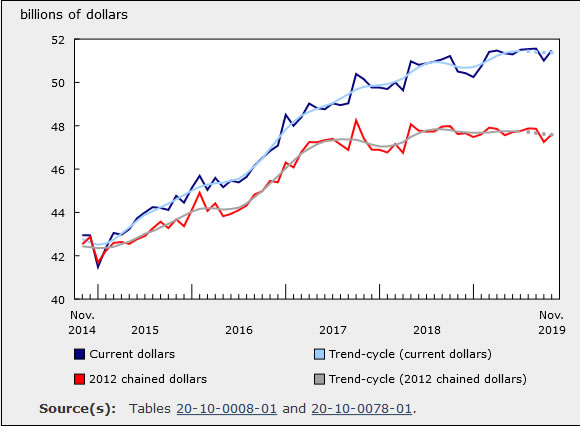
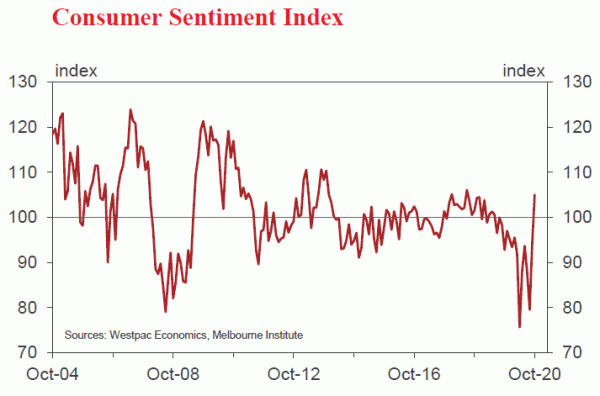
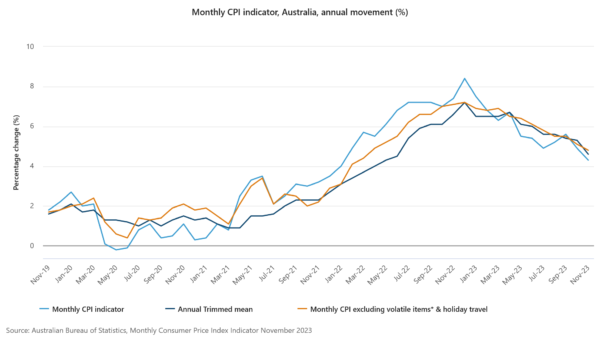
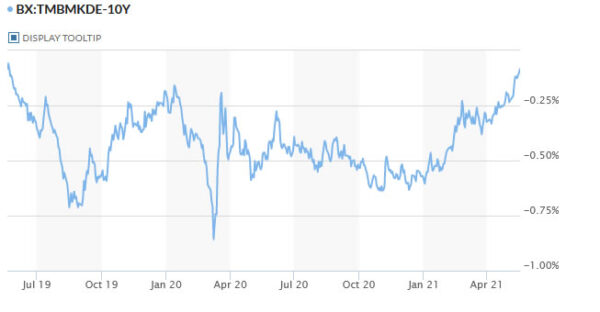
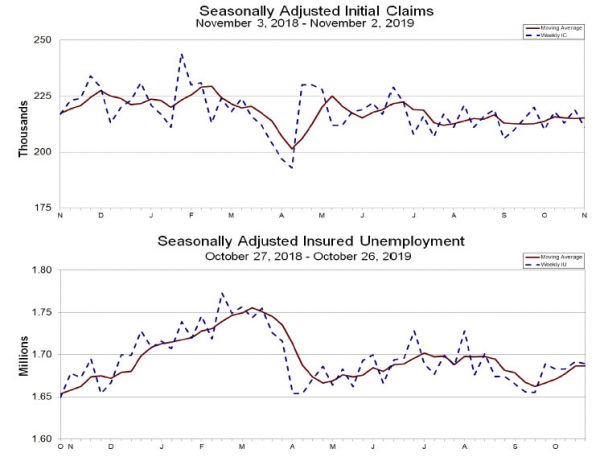
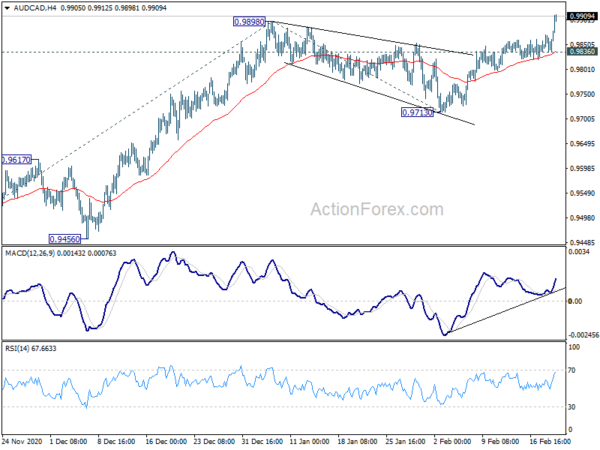
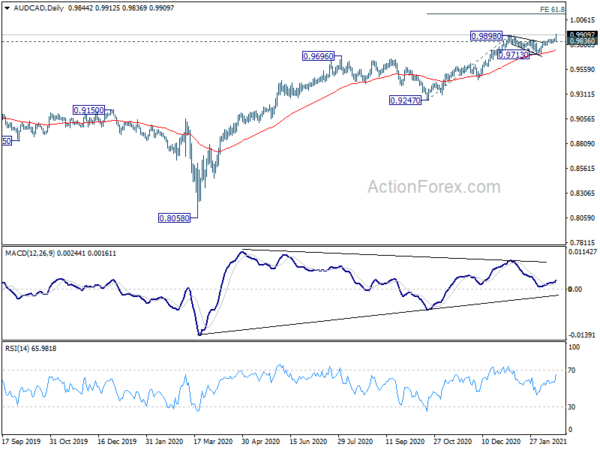
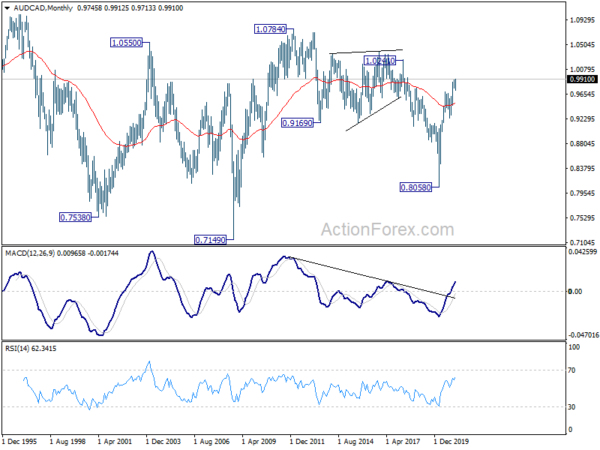
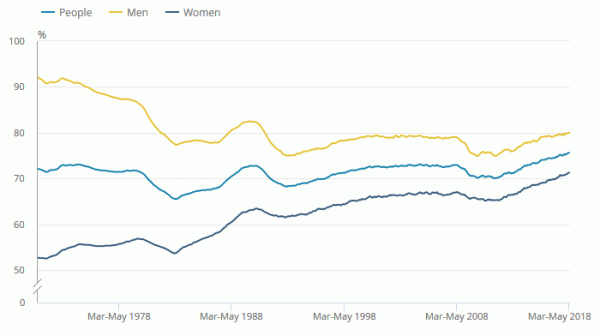
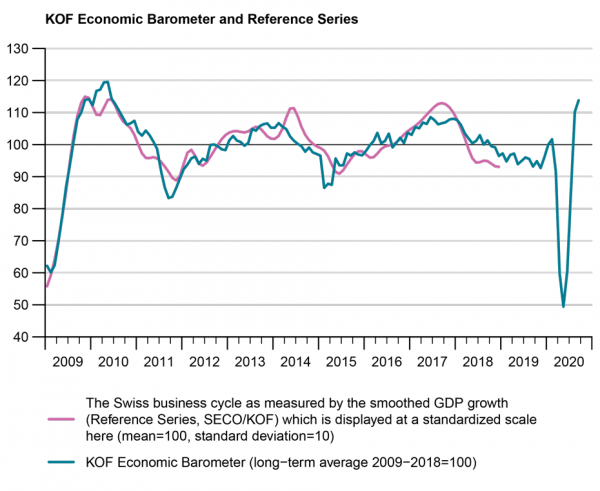
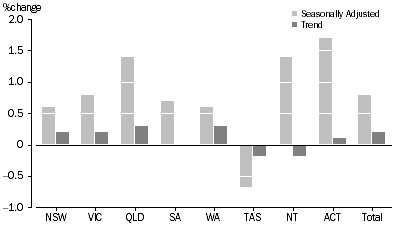
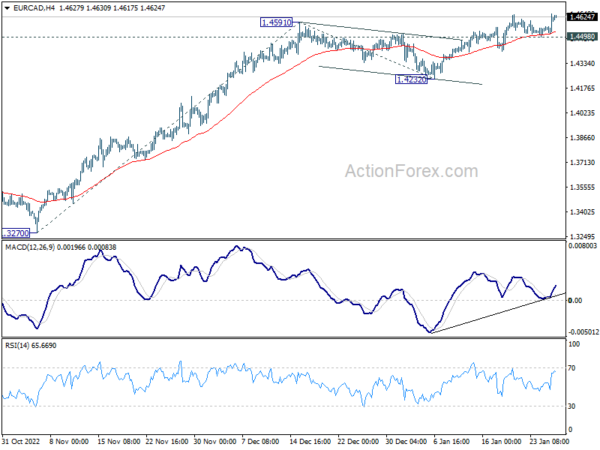

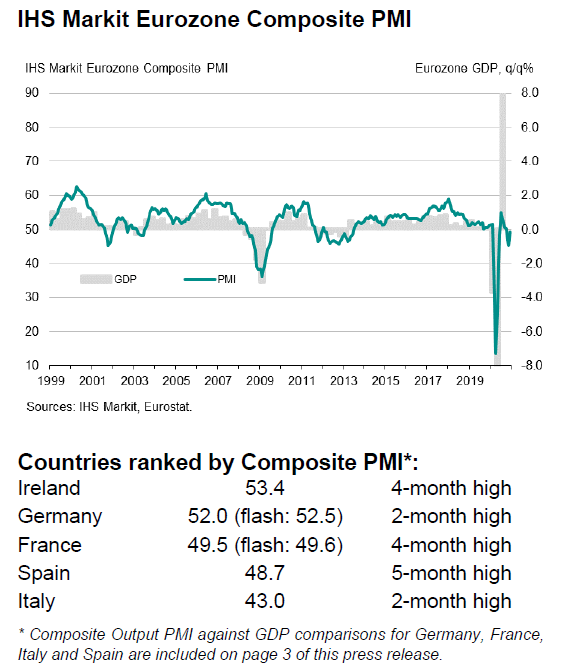
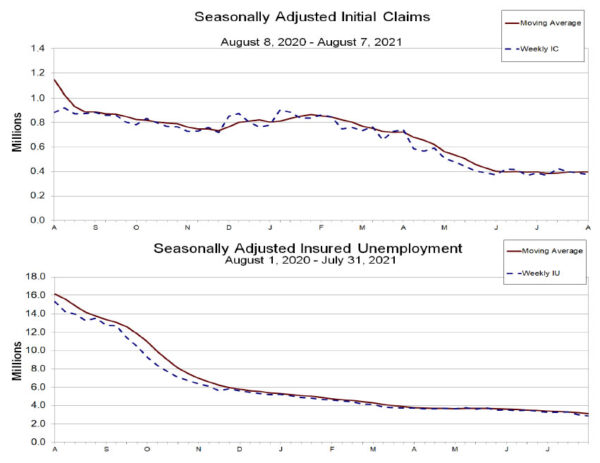
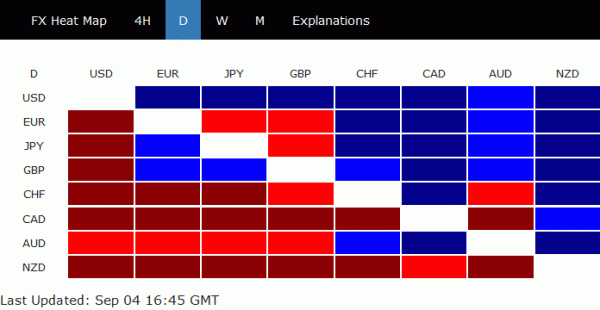
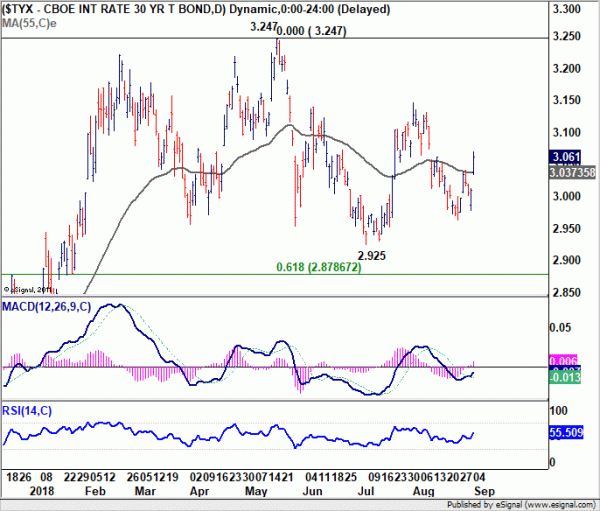

SNB Zurbruegg: Franc is still high, expansionary monetary policy remains appropriate
Swiss National Bank, Vice Chairman Fritz Zurbruegg, said in a Corriere del Ticino interview that, “we believe the franc is still high.” “If we look at inflation, it is still very low and GDP is not yet at the pre-crisis levels,” he said. “That is why we are convinced that our expansionary monetary policy remains appropriate.”
“We have to bear in mind that in a small and open country like ours, the exchange rate has a major impact on both inflation and economic growth,” he said. “For this reason, it is important to maintain the instrument of foreign exchange interventions alongside the classic interest rate instrument.”
“Without this expansionary policy, we would have a much stronger franc, lower growth and inflation and higher unemployment,” he said. “So the average Swiss citizen is better off thanks to our policy.”